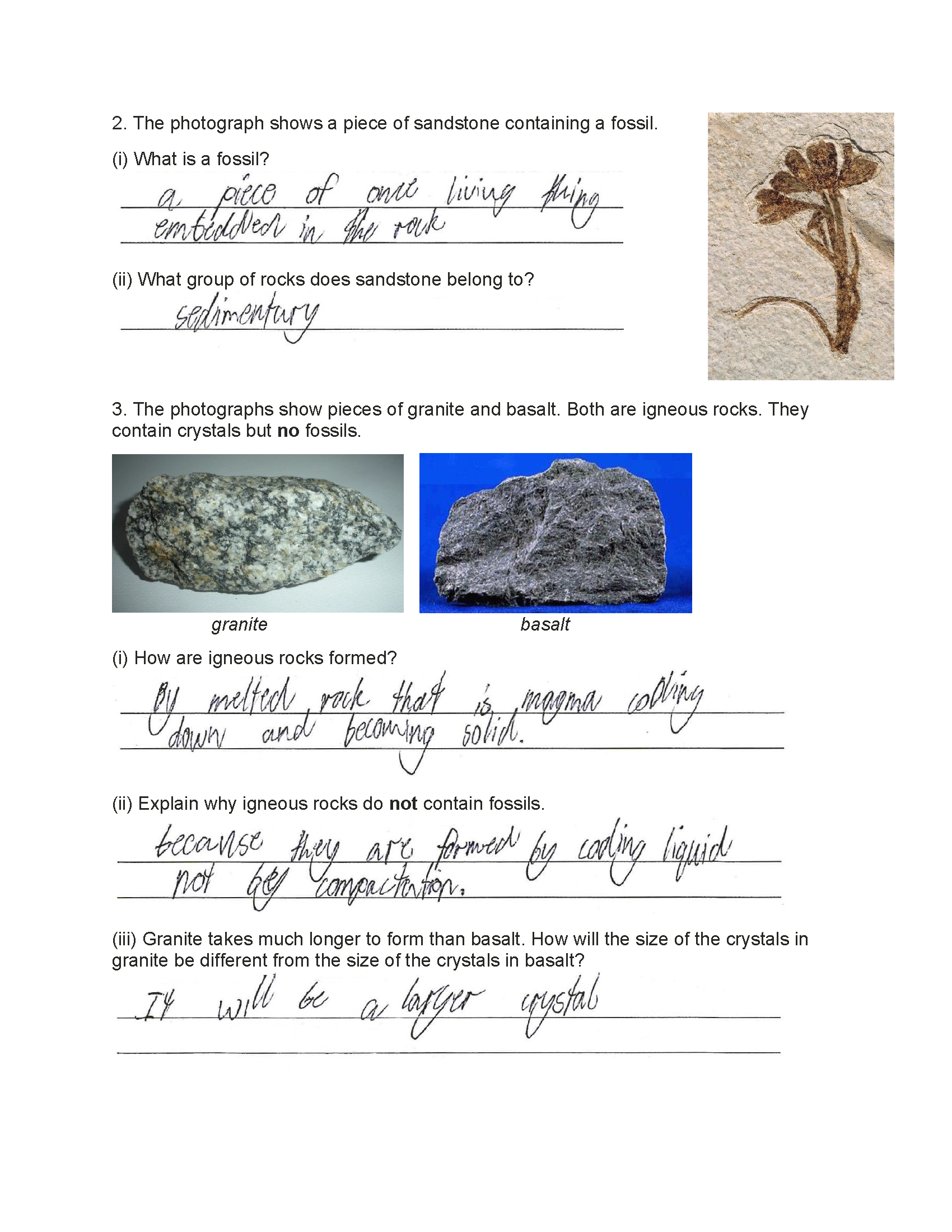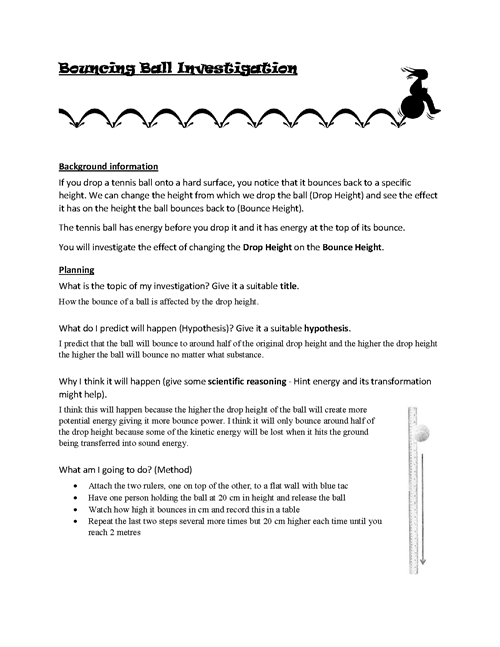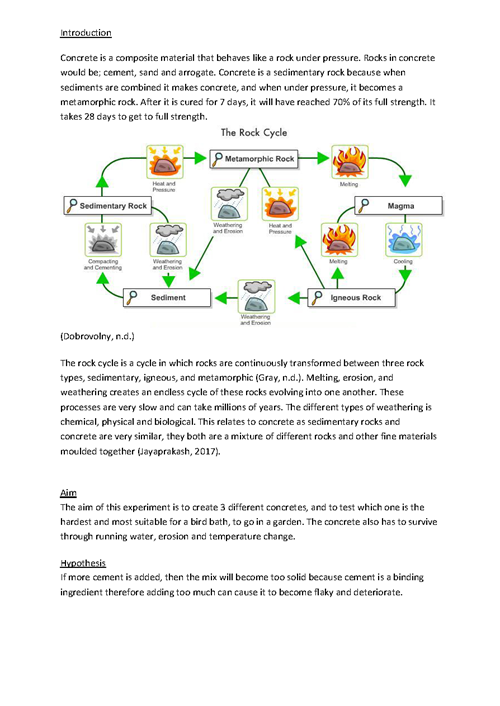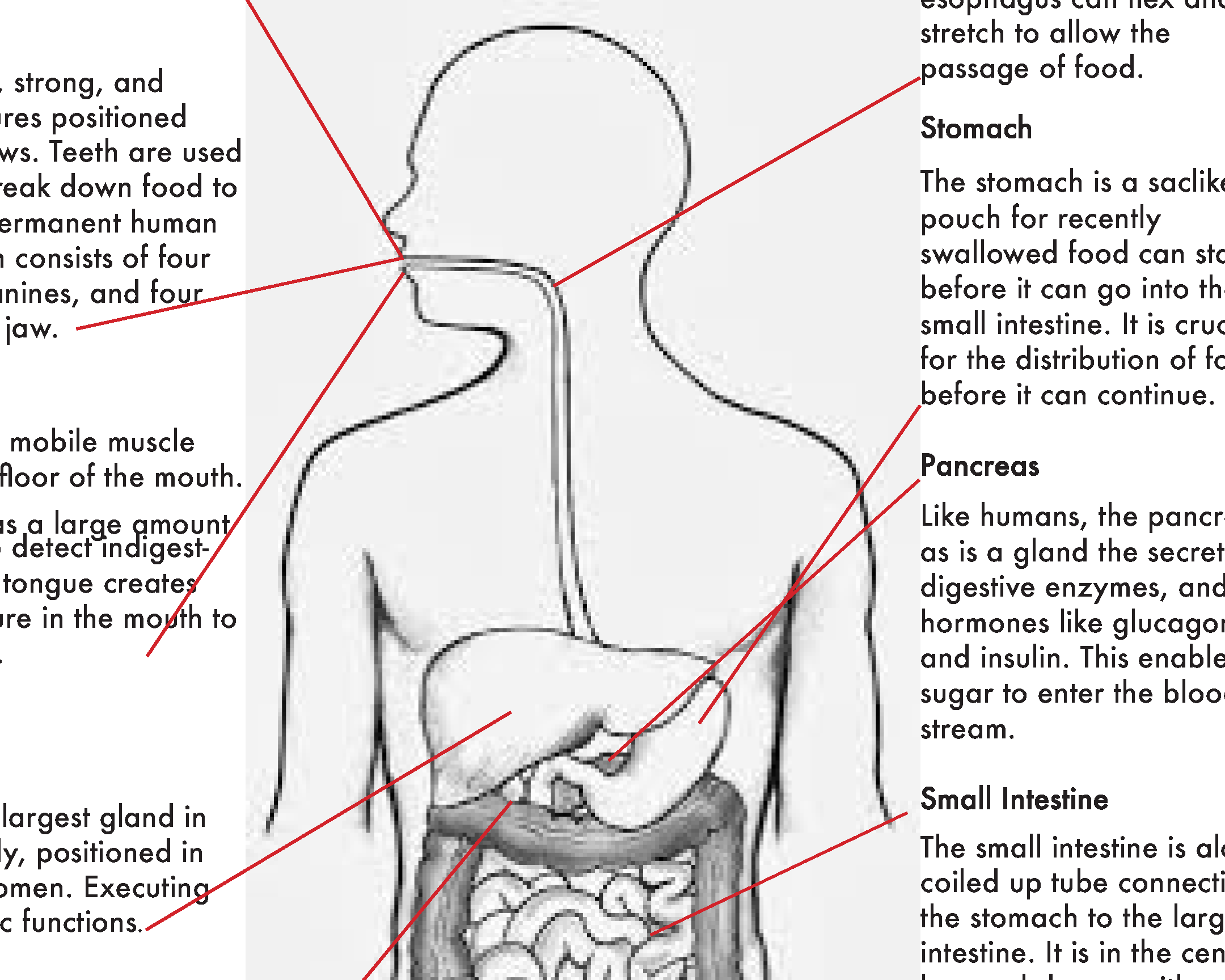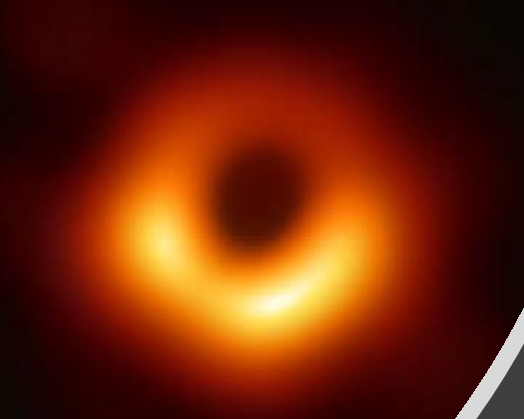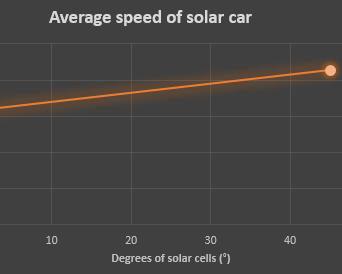Rock formation processes
Summary of task
In a teaching and learning unit on the rock cycle, students engaged in several activities relating to the formation of sedimentary rocks, focusing on the processes of chemical and physical weathering, erosion, deposition, compaction, cementation and fossil formations. They conducted a practical experiment analysing the effect of cooling rate on crystal size and had used these understandings to describe how intrusive and extrusive igneous rocks form. They read and summarised a section of a textbook relating to the processes involved in the formation of metamorphic rock, including regional, contact and dynamic formations.
This work sample consists of two related tasks. In the first task, students were given samples of different rock types and they were asked to observe and categorise them based on their properties. They were then asked to produce a short video clip in which they describe the rock samples, classify them as sedimentary, igneous or metamorphic, and explain the processes involved in their formation. Students were given 20 minutes to prepare their responses for the video recording.
In the second task, students were asked to answer a series of questions relating to concepts covered in the unit on the rock cycle. This task was given as an in-class summative assessment.

